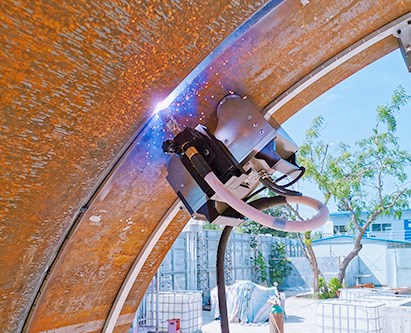According to the internal division of ISO/TC44, the formulation and revision of its welding standards are specifically responsible for each sub-committee (SC). The classification of standard items is basically divided into 9 categories according to the order:
① Welding materials, (by SC3);
②Test and inspection of welds, (by SC5);
③ Resistance welding, (responsible by SC6);
④ Terminology and expression method (by SC7);
⑤ Gas welding, (by SC8);
⑥Welding health and safety, (responsible by SC9);
⑦Uniform requirements in the field of metal welding (responsible by SC10):
⑧ Approval by welding personnel, (responsible by SC11);
⑨Soft soldering, (responsible by SC12).
The ISO welding standard system has the following characteristics:
① Each standard in the system is relatively independent and complementary to each other, and the standards are relatively strong;
②The coverage of the system has extensively involved all aspects related to the quality of welding products;
In terms of the structure of the standard system, European standards (EN) are basically the same as ISO. Many existing EN welding standards are derived from the corresponding ISO standards. In the past, CEN used to add 20000 to the ISO number and prefix it with EN when it was equivalent to the ISO standard. At present, the EN code is directly prefixed to the ISO standard number, such as EN ISOXXXXX.
The formation of the EN welding standard system reflects the following characteristics:
The EN standard has a high starting point and develops rapidly. CEN/TC121 was established in 1987, but its welding standard items have basically corresponded with ISO, and there is a tendency to catch up from behind; EN standards have a deep impact on similar ISO standards. Some EN standard items are directly in ISO after necessary procedures. After the members have passed the audit, it will be promulgated as an ISO standard.
Post time: Feb-01-2021

